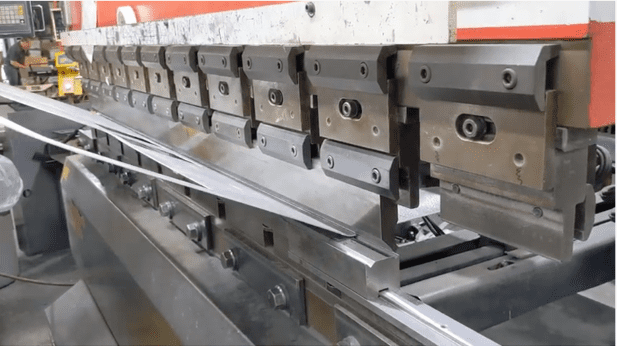In the realm of civil engineering and construction, the effectiveness of foundation drainage systems is paramount for ensuring the longevity and stability of structures. Geocomposite foundation drainage emerges as a sophisticated solution, offering superior performance compared to traditional methods. This article delves into the intricacies of geocomposite foundation drainage, addressing key questions surrounding its functionality, benefits, installation process, and applications.

What is geocomposite foundation drainage?
Geocomposite foundation drainage is a specialized type of drainage system engineered to efficiently manage groundwater and excess moisture around building foundations. It typically consists of a combination of geotextile, drainage core, and filter fabric, providing enhanced filtration, flow capacity, and durability. Unlike conventional gravel-based systems, geocomposite drainage offers improved hydraulic performance and resistance to clogging, making it an ideal choice for various construction projects.
How does geocomposite foundation drainage work?
Geocomposite foundation drainage functions by intercepting groundwater and directing it away from the foundation walls, thus preventing hydrostatic pressure buildup and potential structural damage. The geotextile acts as a filter, preventing soil particles from clogging the drainage core while allowing water to pass through freely. The drainage core facilitates efficient water flow, channeling it to an appropriate outlet or collection point. This integrated design ensures effective water management and preservation of the foundation’s integrity over time.
What are the benefits of using geocomposite foundation drainage?
The utilization of geocomposite foundation drainage offers several compelling benefits:
– Enhanced Performance: Geocomposites exhibit superior hydraulic conductivity, promoting efficient water drainage and alleviating hydrostatic pressure on foundation walls.
– Durability: Engineered with high-quality materials, geocomposite drainage systems are resistant to corrosion, chemical degradation, and biological growth, ensuring long-term performance and reliability.
– Space Efficiency: Compared to traditional gravel-based systems, geocomposites require less excavation depth, minimizing disruption to site operations and reducing overall construction costs.
– Environmental Friendliness: Geocomposites contribute to sustainable construction practices by reducing the need for natural aggregates and minimizing soil disturbance during installation.
How is geocomposite foundation drainage installed?
The installation process of geocomposite foundation drainage involves the following steps:
– Site Preparation: Excavate the area around the foundation to the required depth, ensuring proper slope for water drainage.
– Placement of Geocomposite: Lay the geocomposite drainage system along the perimeter of the foundation, ensuring proper alignment and overlap between adjacent rolls.
– Backfilling: Surround the geocomposite with granular backfill material, such as sand or gravel, to provide structural support and promote efficient water infiltration.
– Surface Restoration: Restore the excavated area to its original condition, ensuring proper compaction and grading to prevent surface water accumulation.
Geocomposite foundation drainage represents a modern and effective solution for managing groundwater and moisture around building foundations. With its superior performance, durability, and environmental benefits, geocomposite drainage systems have become increasingly popular in various construction applications. By understanding its functionality, benefits, installation process, and applications, construction professionals can make informed decisions to optimize the performance and longevity of their projects.